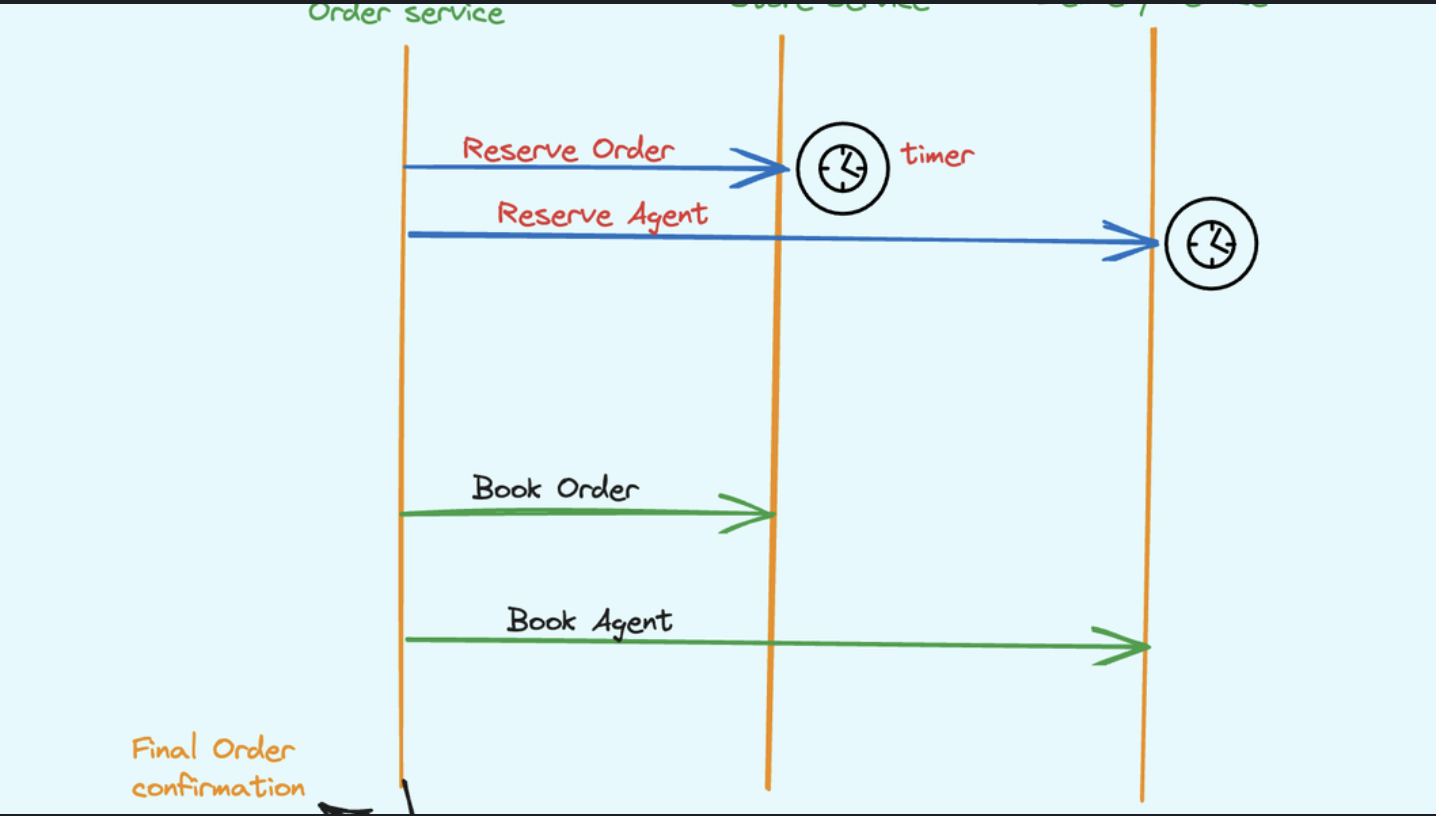Class imbalance is one of the most significant challenges in machine learning and artificial intelligence, particularly in real-world applications where the distribution of different classes in the training data is not equal. This comprehensive guide explores the nature of class imbalance, its impact on AI systems, and practical solutions to address this challenge.
- Understanding Class Imbalance Class imbalance occurs when the classes in a dataset are not represented equally. In binary classification, this typically means one class (majority class) has significantly more samples than the other class (minority class). The ratio between classes can range from slight imbalances (e.g., 60:40) to extreme cases (e.g., 99:1).
Common Scenarios
- Fraud Detection: Legitimate transactions vastly outnumber fraudulent ones
- Medical Diagnosis: Healthy patients typically outnumber those with rare conditions
- Manufacturing Quality Control: Defective products are usually a small percentage
- Network Security: Normal network traffic vs. malicious attacks
- Impact on Machine Learning Models
Class imbalance can significantly affect model performance in several ways:
Bias Towards Majority Class
Models tend to be biased towards the majority class, often achieving high overall accuracy while performing poorly on minority classes. This is particularly problematic when the minority class is often the class of interest (e.g., detecting fraud or disease).
Evaluation Metrics
Traditional metrics like accuracy become misleading. For example, in a dataset with 99% negative cases, a model that always predicts “negative” would achieve 99% accuracy while being practically useless.
Training Dynamics Neural networks and other algorithms may struggle to learn meaningful patterns from minority classes due to insufficient exposure during training.
- Real-world Examples
Case Study 1: Credit Card Fraud Detection
Consider a dataset where only 0.1% of transactions are fraudulent. A real-world example from a major credit card company:
- Total transactions: 1,000,000
- Legitimate transactions: 999,000
- Fraudulent transactions: 1,000
The challenge here is detecting the rare fraudulent transactions while maintaining a low false positive rate to avoid inconveniencing legitimate customers.
Case Study 2: Medical Image Classification
In cancer detection from medical images:
- Normal tissue samples: 95%
- Benign tumors: 4%
- Malignant tumors: 1%
Missing a malignant tumor (false negative) has much more severe consequences than misclassifying normal tissue as suspicious (false positive).
- Solutions and Techniques
Data-level Methods
- Oversampling Techniques Random Oversampling SMOTE (Synthetic Minority Over-sampling Technique) ADASYN (Adaptive Synthetic Sampling)
- Undersampling Techniques Random Undersampling Tomek Links Near Miss
- Hybrid Methods SMOTEENN SMOTETomek
Algorithm-level Methods
-
Cost-sensitive Learning Adjusting class weights Custom loss functions
-
Ensemble Methods Balanced Bagging RUSBoost EasyEnsemble
-
Implementation and Code Examples Let’s implement some common solutions using Python:
SMOTE Implementation
from imblearn.over_sampling import SMOTE
from sklearn.model_selection import train_test_split
from sklearn.metrics import classification_report
import pandas as pd
import numpy as np
# Sample imbalanced dataset
def create_imbalanced_data():
# Create synthetic data
n_samples = 10000
n_features = 10
# Generate majority class
X_majority = np.random.normal(0, 1, (n_samples, n_features))
y_majority = np.zeros(n_samples)
# Generate minority class
X_minority = np.random.normal(2, 1, (int(n_samples * 0.01), n_features))
y_minority = np.ones(int(n_samples * 0.01))
# Combine classes
X = np.vstack((X_majority, X_minority))
y = np.hstack((y_majority, y_minority))
return X, y
# Create dataset
X, y = create_imbalanced_data()
# Split the data
X_train, X_test, y_train, y_test = train_test_split(
X, y, test_size=0.2, random_state=42
)
# Apply SMOTE
smote = SMOTE(random_state=42)
X_train_balanced, y_train_balanced = smote.fit_resample(X_train, y_train)
# Train a model (example using Random Forest)
from sklearn.ensemble import RandomForestClassifier
# Train on imbalanced data
clf_imbalanced = RandomForestClassifier(random_state=42)
clf_imbalanced.fit(X_train, y_train)
# Train on SMOTE-balanced data
clf_balanced = RandomForestClassifier(random_state=42)
clf_balanced.fit(X_train_balanced, y_train_balanced)
# Compare results
print("Results with imbalanced data:")
print(classification_report(y_test, clf_imbalanced.predict(X_test)))
print("\nResults with SMOTE-balanced data:")
print(classification_report(y_test, clf_balanced.predict(X_test)))
Custom Loss Function Example
import tensorflow as tf
def weighted_binary_crossentropy(y_true, y_pred, weight_ratio=10):
"""
Custom loss function that assigns higher weight to minority class
Args:
y_true: True labels
y_pred: Predicted probabilities
weight_ratio: Weight multiplier for minority class
"""
# Calculate binary crossentropy
bce = tf.keras.losses.binary_crossentropy(y_true, y_pred)
# Create weights array
weights = tf.where(tf.equal(y_true, 1),
tf.ones_like(y_true) * weight_ratio,
tf.ones_like(y_true))
# Apply weights to BCE
weighted_bce = tf.multiply(bce, weights)
return tf.reduce_mean(weighted_bce)
# Example usage in a neural network
model = tf.keras.Sequential([
tf.keras.layers.Dense(64, activation='relu', input_shape=(10,)),
tf.keras.layers.Dense(32, activation='relu'),
tf.keras.layers.Dense(1, activation='sigmoid')
])
model.compile(
optimizer='adam',
loss=lambda y_true, y_pred: weighted_binary_crossentropy(y_true, y_pred, 10),
metrics=['accuracy']
)
-
Best Practices
-
Proper Evaluation Metrics Use precision, recall, and F1-score instead of accuracy Consider domain-specific metrics Use confusion matrices for detailed analysis
-
Cross-Validation Strategy Stratified K-Fold cross-validation Maintain class distribution across folds
-
Data Preprocessing Careful handling of missing values Feature scaling before applying sampling techniques Remove outliers cautiously
-
Monitoring and Validation Regular model performance monitoring Validation on real-world data Assessment of business impact
-
Future Considerations As AI continues to evolve, new approaches to handling class imbalance are emerging:
Advanced Techniques Self-supervised learning Few-shot learning Active learning
Emerging Solutions Data augmentation using GANs Transfer learning from balanced domains Curriculum learning
Research Directions Interpretable AI for imbalanced datasets Automated sampling technique selection Dynamic resampling strategies
Conclusion Class imbalance remains a critical challenge in AI applications. Successfully addressing it requires a combination of:
Understanding the problem domain Choosing appropriate techniques Careful implementation and evaluation Continuous monitoring and adjustment
The field continues to evolve, and new solutions emerge regularly. Practitioners must stay informed about the latest developments while ensuring their chosen solutions align with their specific use cases and requirements. 💡



